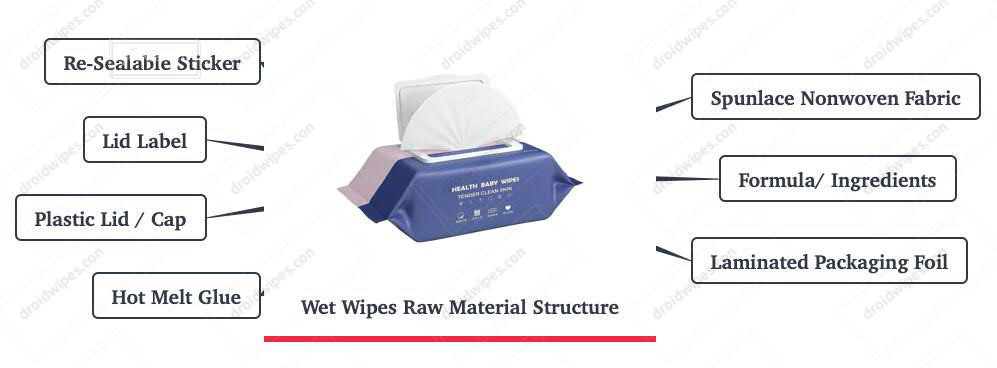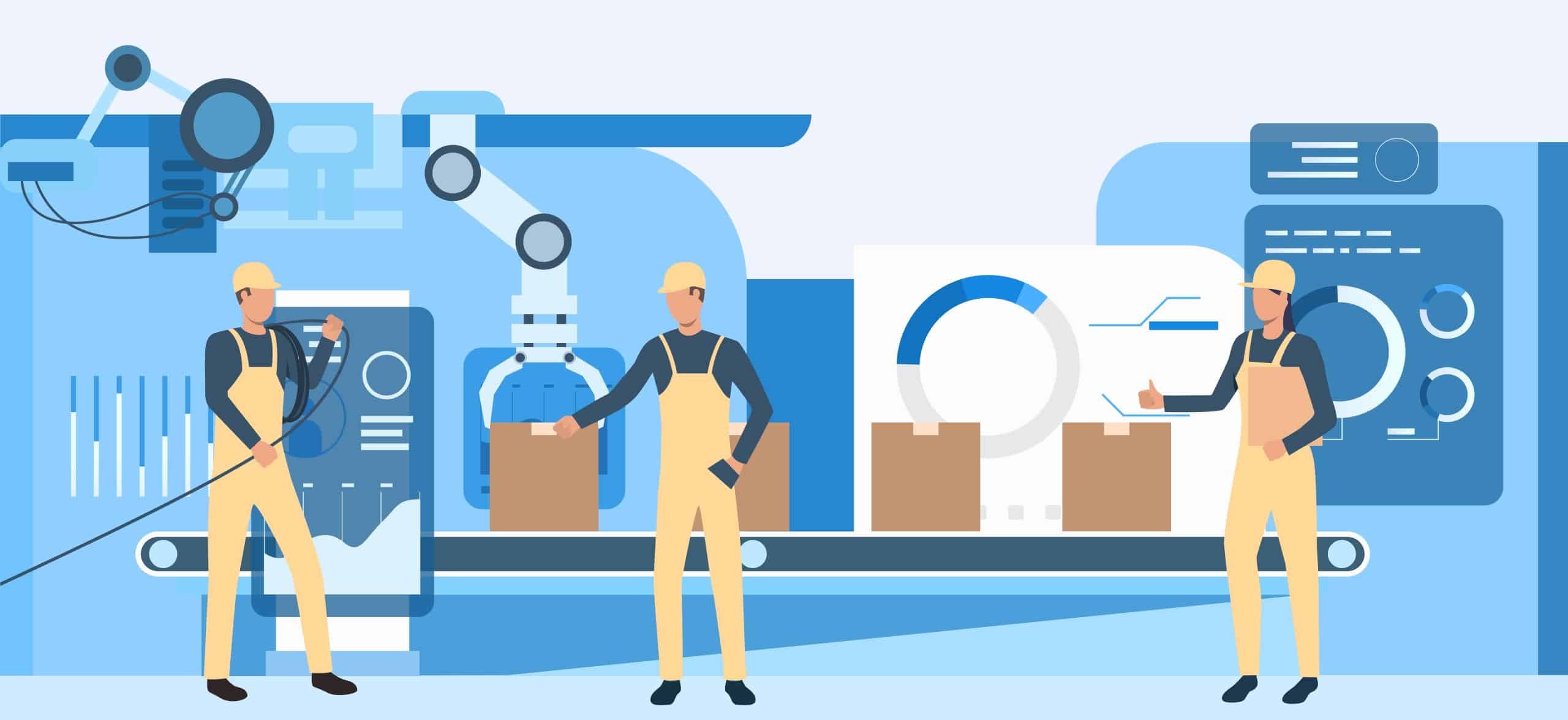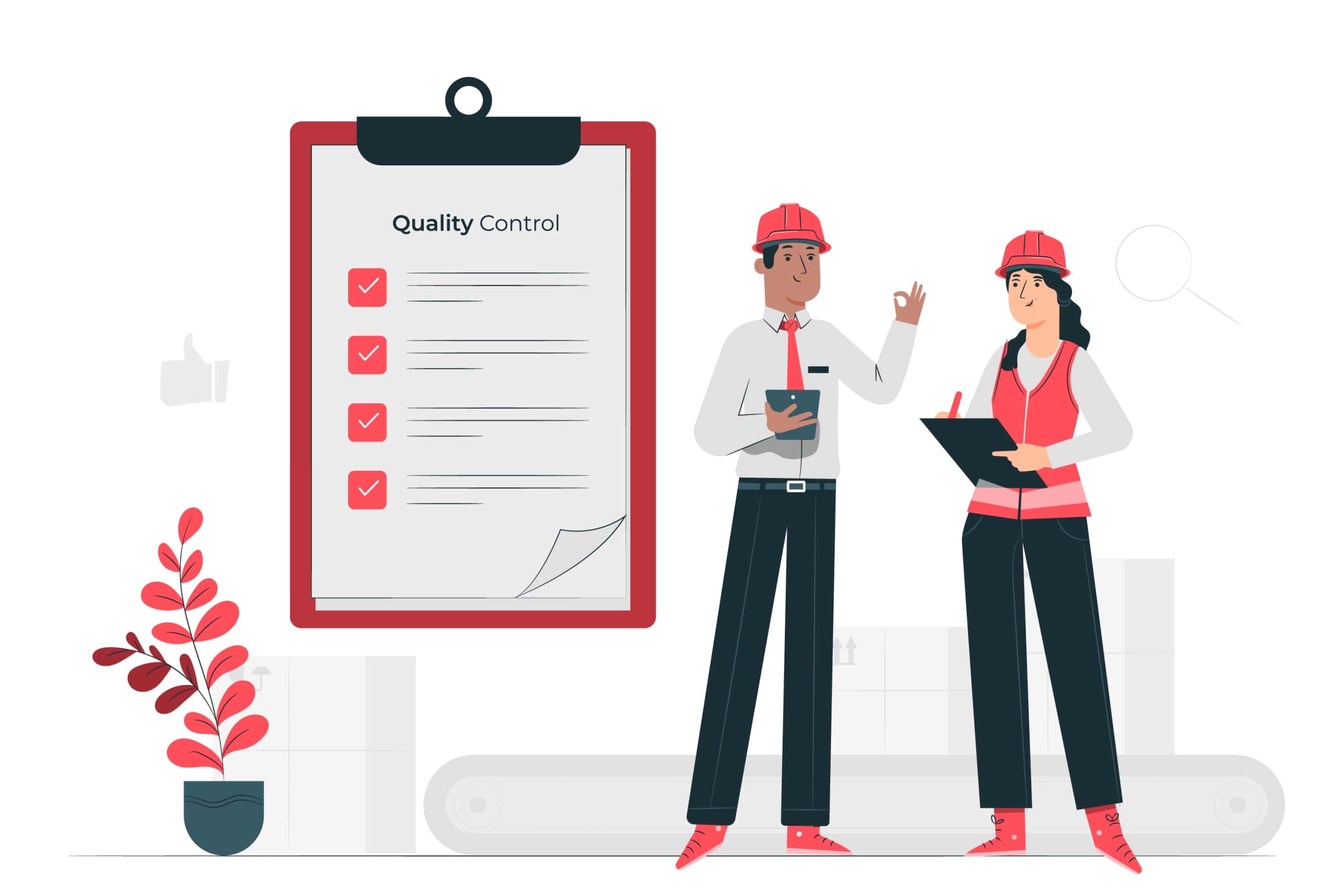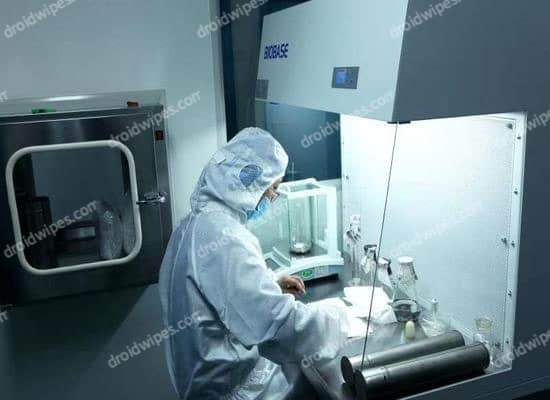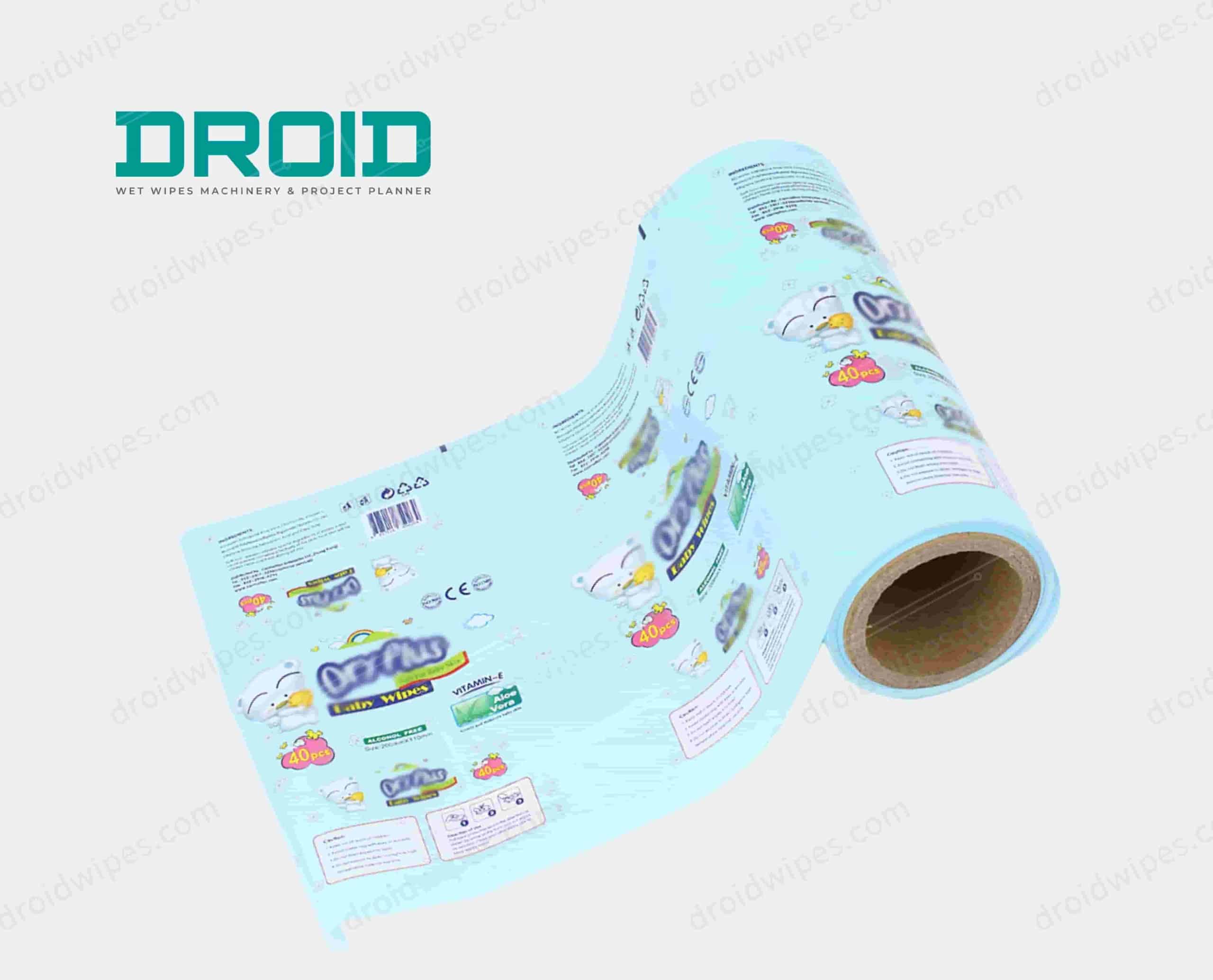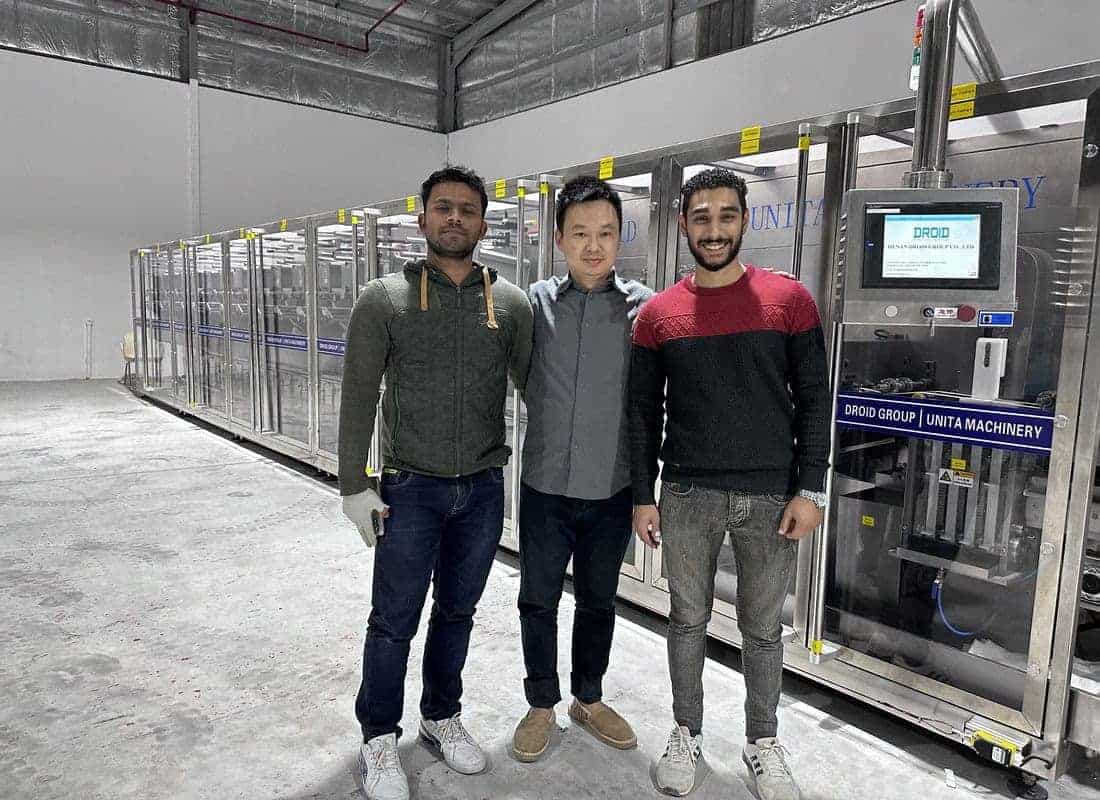Technique #1: Wet Wipes Raw Material Inspection and Testing
Wet wipes raw material inspection and testing are important steps in the manufacturing of wet wipes since the efficacy and safety of the finished product are directly impacted by the quality of the inputs. Before adding raw materials into the manufacturing process, manufacturers use numerous methods to inspect and evaluate them in-depth.
The chemical composition of wet wipes raw materials is thoroughly examined using sophisticated methods such as spectroscopy and chromatography. Spectroscopy, which includes techniques like ultraviolet-visible (UV-Vis) and infrared (IR) spectroscopy, allows one to identify certain chemical components in raw materials. This stage guarantees that the components are up to code and free of contaminants that can lower the wet wipes’ quality.
One of the most important functions of chromatography methods, such as high-performance liquid chromatography (HPLC), is to separate and measure distinct molecules in the raw materials. This degree of accuracy is crucial for confirming that the materials are both of the highest caliber and precisely satisfy the requirements needed for the intended use of the wet wipes.
Furthermore, evaluations of moisture content and the existence of any pollutants are included in this examination in addition to the chemical composition. Ensure the moisture content is at the right amount since too much moisture might encourage the development of microorganisms and shorten the product’s shelf life. Sophisticated testing techniques assist in locating and measuring impurities, guaranteeing that the wet wipes raw materials are devoid of any components that might jeopardize the effectiveness and safety of the finished product.
During the wet wipes raw material acquisition process, real-time monitoring improves quality control even further. Wet wipes manufacturers can quickly address such problems by identifying them early on with the use of automation systems and sensors. By taking this proactive measure, the possibility of changes in raw materials is reduced, which helps to maintain the overall uniformity of the wet wipes manufacturing process.
Technique #2: Process Monitoring and Automation
Process monitoring and automation are essential elements of the wet wipes manufacturing process, helping to ensure accuracy, productivity, and quality. These cutting-edge methods are used to make sure that all manufacturing phases follow predetermined guidelines and requirements, which eventually helps to produce wet wipes of the highest caliber.
Process monitoring is keeping an eye on important variables like pressure, temperature, humidity, and other crucial factors along the production process. To gather data in real-time, automated sensors and control systems are positioned strategically at various phases. After that, this data is examined to ensure the production environment stays within the specified limits. Through diligent observation of these factors, producers may quickly spot variances and implement remedial actions, averting any problems that can compromise the end product’s quality.
Automation methods significantly improve the production process’s dependability and efficiency for wet wipes. Automated equipment is used for material handling, mixing formulations, packing, and other operations. This lessens the need for physical labor, lowering the possibility of human mistakes and guaranteeing a constantly high degree of accuracy. Increased production rates brought by automated technologies enable producers to satisfy demand without sacrificing quality.
Automation is especially helpful when it comes to procedures that need to be very accurate, such as when chemicals are added in precise amounts during formulation. Precise measurement and distribution of ingredients using automated dispensing systems may minimize variances and guarantee consistent product quality across batches. Automation also helps to maximize resources and reduce waste, resulting in a more streamlined and effective production flow.
The capacity to make changes in real time is one of the main benefits of process automation and monitoring. Automated control systems can quickly fix any deviations or abnormalities that are found by the monitoring systems. This proactive strategy helps to maintain the general uniformity of the wet wipes by preventing the manufacture of inferior batches.
Technique #3: Data Analytics and Machine Learning
In the field of producing wet wipes, data analytics, and machine learning have become very effective instruments, giving wet wipes manufacturers sophisticated ways to examine enormous datasets and derive significant insights. With the help of these cutting-edge technologies, quality control procedures may be improved, allowing for a more proactive and data-driven approach to manufacturing.
Analyzing massive information created throughout the wet wipes manufacturing process to find patterns, trends, and correlations is known as data analytics. Regarding the wet wipes manufacturing process, this might include information on the composition of wet wipes raw materials, process variables, and product quality. Wet wipes manufacturers may have a thorough grasp of the elements impacting production results by using data analytics. Using this information, one may identify areas for improvement and make well-informed decisions.
The use of algorithms that can learn and adapt without explicit programming is what allows machine learning to elevate data analytics to a new level. Machine learning models may be developed in the context of wet wipes production to identify trends linked to high-quality goods. Based on past data, these models may forecast probable departures from the usual, allowing wet wipes manufacturers to take preventative action to ensure consistent product quality.
Machine learning algorithms, for example, are capable of analyzing data from material inspection, process monitoring, and quality control checks, among other phases of production. Machine learning algorithms are able to forecast the probability that a batch will fulfill quality requirements by finding connections between certain process factors and the features of the end product. Because of their capacity to forecast the future, wet wipes manufacturers may make modifications in real time, minimizing waste and avoiding the manufacturing of inferior batches.
Additionally, machine learning may help with manufacturing process optimization. Models may recommend adjustments to production settings that improve productivity and product quality as they constantly learn from fresh data. The wet wipes manufacturing process adapts to changing circumstances because of its adaptive character, which further promotes uniformity in the manufacturing process.
Technique #4: Vision Inspection Systems
The accuracy and effectiveness of vision inspection systems make them stand out as essential instruments that are transforming quality control procedures. These devices, which consist of high-resolution cameras and advanced image processing algorithms, are made to examine wet wipes with never-before-seen detail. Identifying and evaluating any flaws, anomalies, and departures from quality standards is their main duty.
Vision inspection devices with high-end lenses can take very clear pictures of individual wet wipes. Artificial intelligence is often used to support image processing techniques, which allow these systems to detect minute flaws like uneven folding, discoloration, or the presence of foreign particles. These inspections happen quickly, enabling in-the-moment evaluation of every wipe as it moves down the manufacturing line.
The versatility of visual inspection systems is one of its main benefits. These systems can learn from data over time by combining machine learning and artificial intelligence. The system’s accuracy and sensitivity to possible flaws are improved by this adaptive learning process, which makes it possible for it to identify changing patterns and variances in the look of the product. This flexibility is especially useful in a manufacturing setting where minute adjustments may be made, guaranteeing that the vision inspection system will continue to function as the production process changes.
The use of vision inspection technologies makes a substantial contribution to consumer safety and product uniformity. Wet wipes manufacturers may lower their dependency on manual labor, lower the possibility of human mistakes, and continue high-speed manufacturing without sacrificing quality by automating the inspection process. A strong line of defense is offered by vision inspection systems, which guarantee that only wet wipes that satisfy strict quality standards go on to the following phases of manufacturing and finally hit the retail market.
Technique #5: Microbial Testing and Sterilization Validation
Wet wipes manufacture requires microbial testing and sterilization validation, which address important hygienic and safety issues. Microbiological testing is a methodical analysis of the final wet wipes and raw materials in order to detect and measure bacteria. For quick and accurate detection, cutting-edge methods like polymerase chain reaction (PCR) and next-generation sequencing are used, guaranteeing that the wipes are free of dangerous bacteria, viruses, and other pathogens.
On the other hand, sterilization validation is a painstaking procedure that confirms how well the selected sterilization technique eradicates germs without jeopardizing the wet wipes’ integrity. Electron beam and gamma irradiation are two common sterilization techniques. These wet wipes manufacturers are closely watched to ensure the necessary degree of microbiological reduction is achieved without sacrificing the quality of the product.
Wet wipes’ microbiological safety is protected by a combination of interrelated procedures, including microbial testing and sterilization validation. Thorough microbiological testing guarantees that raw materials are free of hazardous microorganisms before they are sent to the manufacturing line by assisting wet wipes manufacturers in identifying possible sources of contamination. This proactive strategy is essential for avoiding the introduction of pollutants that might jeopardize the finished product’s quality and safety.
Equally important is sterilization validation, which verifies that the wet wipes are sanitized using a trustworthy and efficient method. The selected technique has to get rid of any germs that are still present without harming the wipes or any of their constituent parts. Every batch of wet wipes is guaranteed to satisfy the necessary microbiological safety requirements by ongoing monitoring and validation of the sterilization process.
Technique #6: Packaging Integrity Testing
Testing the integrity of the packaging is a crucial step in the wet wipes manufacturing process because it guarantees that the materials used in the packaging will protect the product from outside impurities and preserve its quality over time. Utilizing cutting-edge methods, this testing procedure evaluates the wet wipes packaging’s overall integrity, seams, and seals.
Packaging integrity testing is done in numerous ways, but two prominent ones are vacuum decay testing and high-voltage leak detection. To evaluate vacuum decay, the packed wet wipes are placed in a regulated vacuum environment, and any changes in pressure are observed. The vacuum level will change if there is a leak in the packing, making even the smallest flaws detectable. On the other hand, high-voltage leak detection detects the presence of liquid where it shouldn’t be by using an electrical charge to find breaches in the packaging.
It is impossible to understate how crucial wet wipes packaging integrity testing is, as any flaw in the seals or packing material might expose the wet wipes to impurities and jeopardize their quality and safety. This is especially important for wet wipes since they are meant for personal hygiene and should not come into contact with outside contaminants.
To increase productivity and accuracy in package integrity testing, automated technologies are often used. Large batches of packaged wet wipes may be quickly analyzed by these devices, giving producers assurance about the caliber of their output. Automated testing increases the wet wipes manufacturing process’s overall efficiency while also enhancing the dependability of the findings.
Technique #7: Real-Time Quality Control Feedback Loops
Implementing real-time quality control feedback loops is a proactive and dynamic way to guarantee the perfection and consistency of the manufacturing processes used to make wet wipes. Throughout the manufacturing process, these integrated feedback loop devices continually monitor numerous factors and give real-time insights to enable rapid modifications.
Real-time quality control feedback loops are based on the fundamental idea of continuously gathering and analyzing data at key stages of the production process. Automated sensors and surveillance tools are positioned carefully to record data in real-time about variables including humidity, temperature, pressure, and product attributes. After that, sophisticated algorithms are used to process the data, and it is compared to predetermined quality requirements.
When these feedback loops can detect deviations or abnormalities in real time, their importance becomes clear. The system sends an alarm whenever a parameter deviates from the predetermined limits, requiring quick correction. This quick thinking reduces the possibility of creating poor batches and stops any problems from becoming worse.
Besides, real-time feedback loops prevent the creation of wet wipes that are faulty or not up to specification, which greatly reduces waste. Fast deviation detection and correction guarantee that the manufacturing process stays on course and meets strict quality requirements. This efficiency is especially important in high-speed production settings when quick fixes are necessary to keep the product’s quality intact.
These feedback loops also promote a continual improvement culture. Wet wipes manufacturers may get important insights into the efficiency of their operations by examining the real-time data. Patterns and trends show up over time, allowing for adjustments and improvements for increased effectiveness and product quality.


